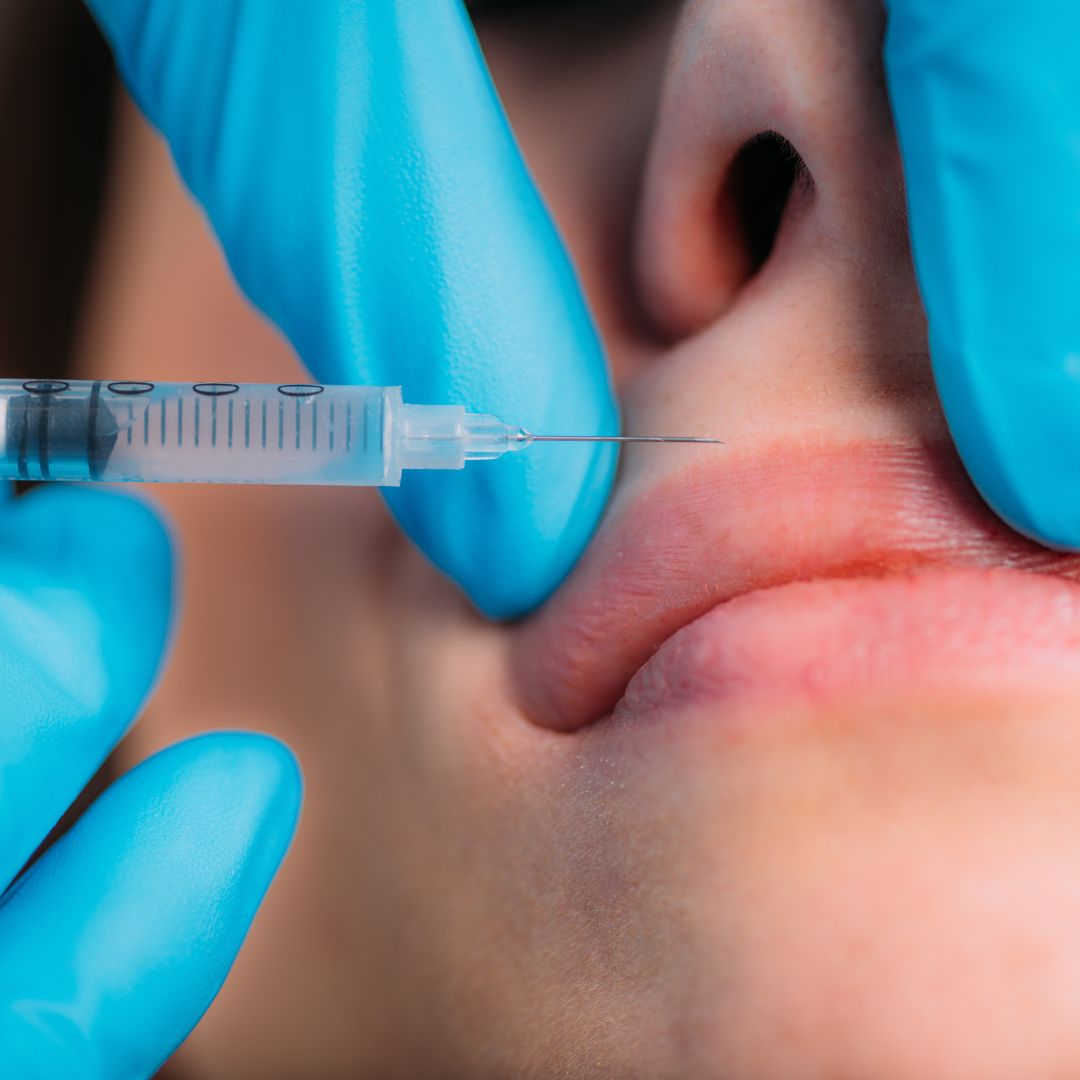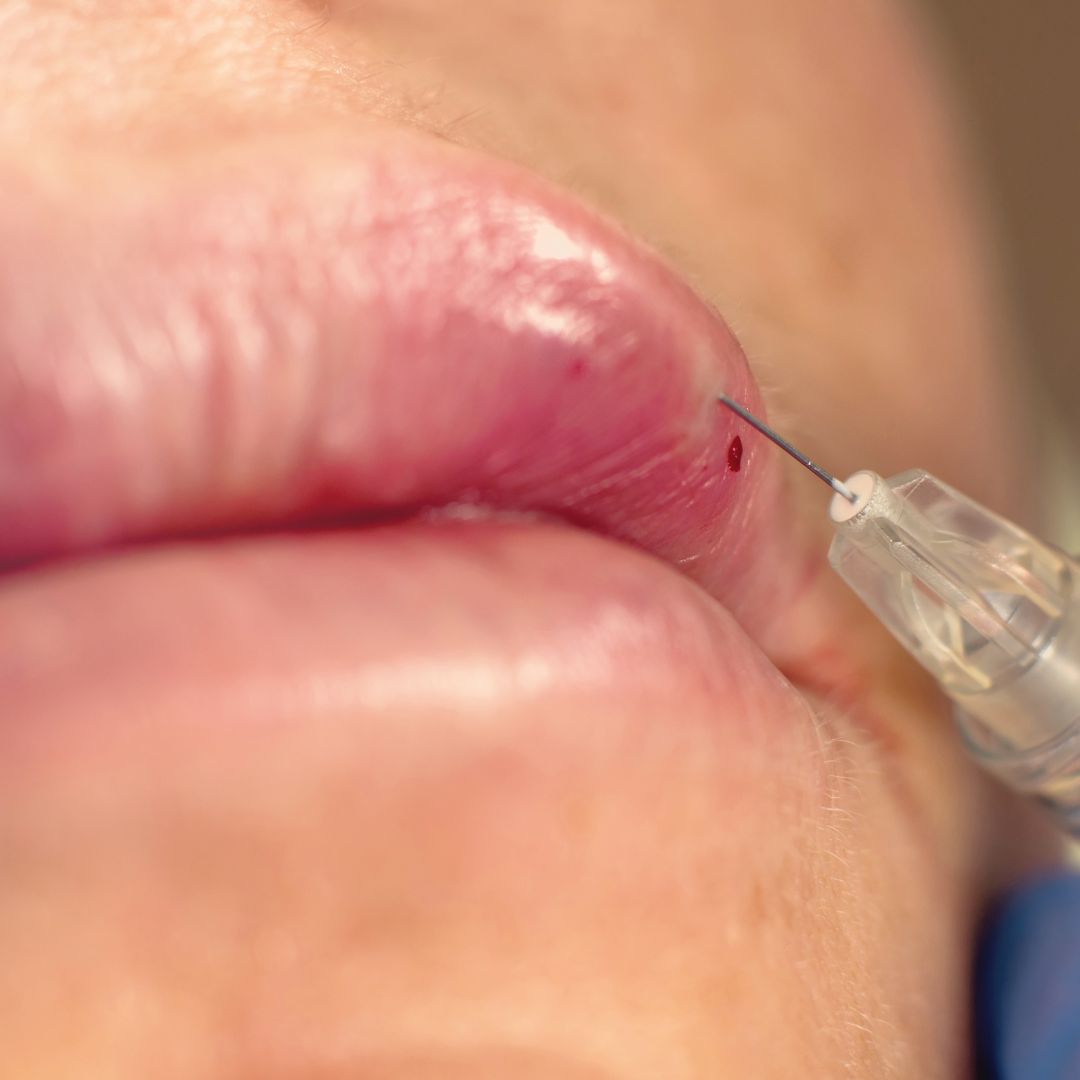Dermal fillers are a popular non-surgical treatment for enhancing facial contours, smoothing wrinkles, and plumping up lips. While they are generally safe and effective, occasionally, patients may notice lumps or bumps in the areas where the fillers have been injected. This blog post aims to shed light on dermal filler lumps, what they could be, how they are managed, and how to prevent them.

Understanding Dermal Filler Lumps
Most lumps or bumps that occur after a dermal filler treatment are normal and temporary. They’re often due to swelling or bruising in the treated area, and they tend to resolve on their own within a week or two. However, in some cases, these lumps might be an indication of a complication that requires professional attention.
Types of Dermal Filler Lumps
- Post-Treatment Swelling: This is the most common type of lump, usually resolving within a few days to a week post-treatment.
- Hematoma: If a blood vessel is injured during the injection, it can lead to a bruise or a hematoma, which can feel like a firm lump under the skin.
- Granuloma: Rarely, the body might react to the filler as a foreign substance and form a granuloma. These can appear weeks or even months after treatment.
- Biofilm Formation: A biofilm is a group of microorganisms in which cells stick to each other on a surface, in this case, around the filler. This is a rare complication that can occur weeks or months after the filler injection.
Managing Dermal Filler Lumps
For regular post-treatment swelling, over-the-counter pain relievers, icing the area, and gentle massage often help. If these methods don’t work or if the lumps persist for more than a week, it’s essential to consult your medical practitioner.
When it comes to complications like granulomas or biofilms, they require professional intervention. Treatment can include antibiotics, dissolving of the filler, or in rare cases, surgical removal.
Specifics on Lip Filler Lumps
Lip fillers are one of the most popular types of dermal fillers, but they can also result in noticeable lumps. Lip skin is thin and delicate, so any irregularities can be easily felt or even seen. While most lip filler lumps are usually due to swelling, if they persist, it’s crucial to get them checked out.

Preventing Dermal Filler Lumps
- Choose a Qualified Provider: Ensure your treatments are administered by a qualified and experienced professional.
- Aftercare: Following the aftercare instructions provided by your practitioner can go a long way in preventing complications.
- Regular Check-ups: Regular follow-ups with your provider can help detect and manage any issues early.
Conclusion
While lumps after dermal filler treatments can be concerning, understanding what they are and how they can be managed can ease your worries. If you notice persistent lumps after your treatment, don’t hesitate to reach out to your healthcare provider for a consultation. They can provide the necessary guidance and, if needed, treatment to ensure your safety and satisfaction with your results.

